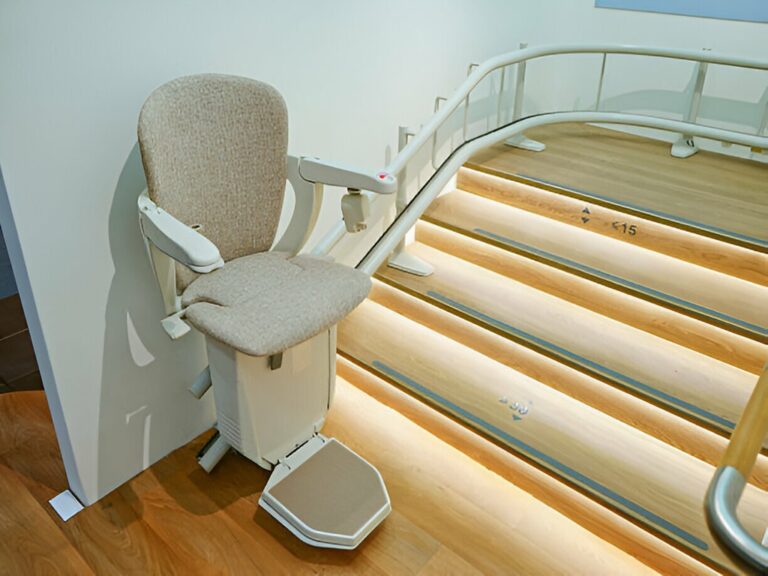A stair lift can be a lifesaver for people who find it difficult to move up and down the stairs. These devices help individuals stay independent in their own homes by offering a safe way to navigate staircases. One of the most important factors to consider when choosing a stair lift is safety. Many modern stair lifts come equipped with features that are designed to prevent accidents and make the ride as smooth as possible. Here are some of the top stair lift features that enhance safety.
Seat Belts
One of the most basic yet important safety features of a stair lift is the seat belt. Just like in a car, seat belts on stair lifts are designed to keep the rider securely in place during the ride. This is especially helpful for elderly users or individuals with balance issues. Seat belts provide an extra layer of security, ensuring the user doesn’t slip or slide off the seat while the lift is in motion.
Swivel Seat
Many stair lifts come with a swivel seat that can turn to face the landing when you reach the top or bottom of the stairs. This feature makes it easier and safer to get on and off the lift. Without this, users might have to step off the lift while it is still facing the stairs, which can be dangerous. A swivel seat reduces the risk of falls by allowing the user to exit onto a flat surface.
Obstacle Sensors
To prevent accidents, many modern stair lifts are equipped with sensors that detect obstacles on the stairs. If the sensor picks up something in the way, like a shoe or a toy, the lift will automatically stop to avoid a collision. This feature ensures that the stair lift does not run into anything that could cause damage or harm to the user.
Battery Backup
A power outage can be risky if you’re in the middle of using a stair lift. To address this, many stair lifts come with a battery backup. This allows the stair lift to continue working for a short period even if the electricity goes out. The backup battery ensures that the user can safely get to their destination without being stranded halfway up or down the stairs.
Armrest and Footrest Safety Sensors
Some stair lifts also include safety sensors on the armrests and footrests. If these are not properly positioned, the stair lift won’t move. This feature helps to ensure that the user is sitting correctly and that no part of their body or clothing is caught when the lift starts moving.
Conclusion
Choosing a stair lift with these safety features can provide peace of mind for both the user and their family. From seat belts to obstacle sensors, these features are designed to make the stair lift as safe as possible, ensuring that people with mobility issues can use their homes without fear of accidents.




